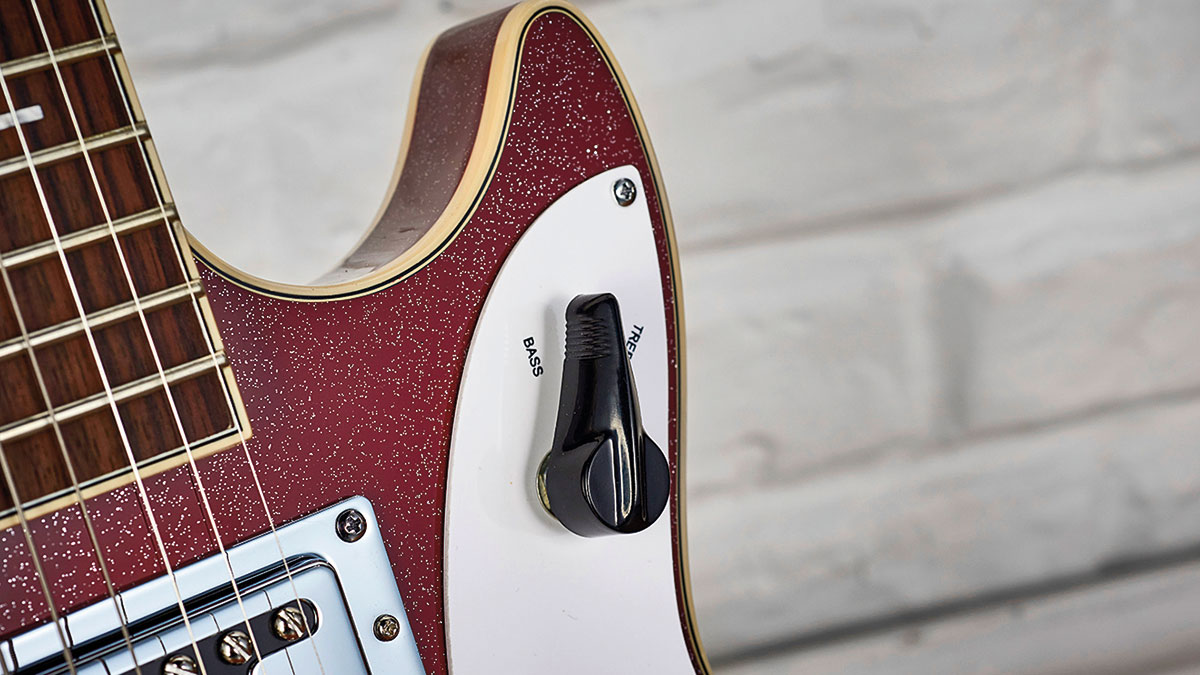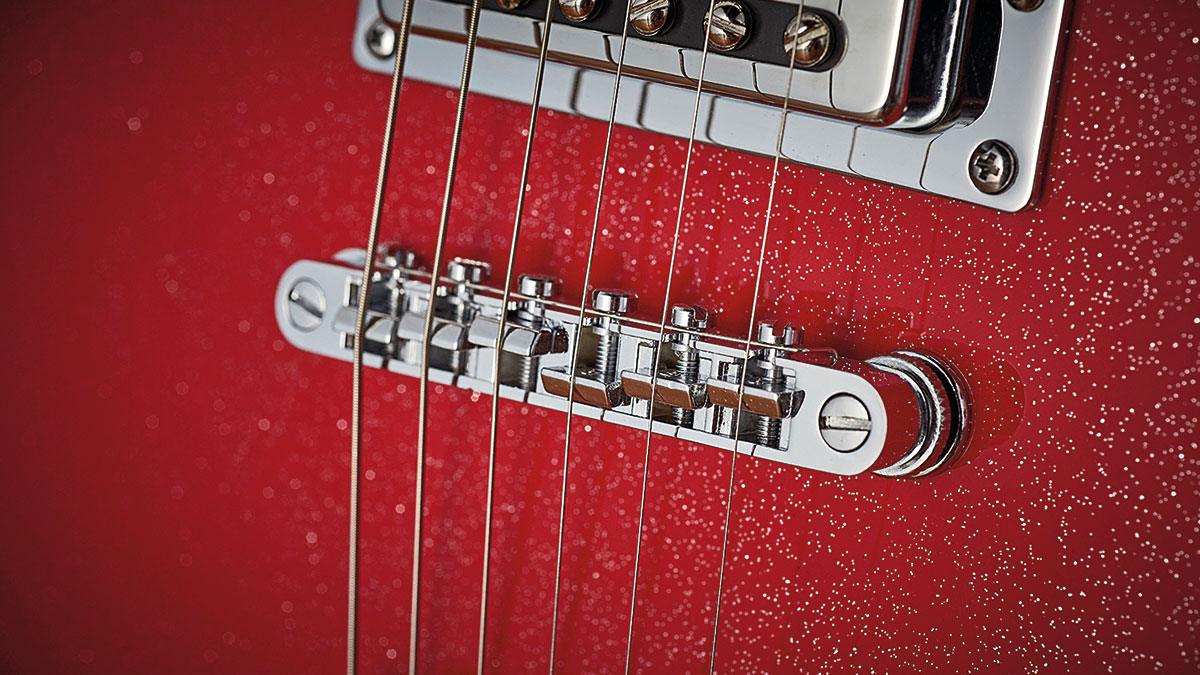MusicRadar Verdict
The 1423 is there to give beginners, or anyone else on a tight budget, a leg up, offering them a choice beyond the usual package deals and copies. To that end, it does a damn good job.
Pros
- +
It's easy to love: looks pretty, comes loaded with good pickups and even plays nice.
Cons
- -
It strays quite far from the original spec list; It's got a boring name!
MusicRadar's got your back

Silvertone 1423

Silvertone 1423

Silvertone 1423
Back in the 1950s and 60s, American kids itching for a cool electric guitar had a couple of options: bug mom and pop for a DuPont-dipped sex machine from Fender, or get real and start flicking through the Sears Roebuck & Company catalogue (or that of Montgomery Ward, original source of White Stripe Jack White's beloved Airline 'JB Hutto' model).
Department store behemoth Sears had long branded Silvertone on a range of radios and record players before the script found its way onto headstocks of guitars sourced from Danelectro in New Jersey and Harmony in Chicago in the 1950s. Introduced in the autumn of '59, the Silvertone 1423 was a rebadged Harmony H49 Jupiter Stratotone, a single-cut guitar loaded with a pair of DeArmond S-Grille Goldfoil pickups made by Rowe Industries in Toledo, Ohio.
The 1423 also featured DeArmond pickups, albeit imprisoned behind a diamond-cut grille, and maintained its place in the Sears catalogue until it was dropped in 1963. Although the term wasn't used by Sears in any of its sales literature, the 1423 model is now widely nicknamed the Jupiter.
The reissue of the Silvertone 1423 you see before you offers the pawnshop prize aesthetics and boring four-digit model names of the original catalogue stars with concessions made to modern playability.
Now, you get a four-bolt neck/ body connection for more stability. For the record, the originals had three big screws, arranged in a triangular formation. In another welcome break from quirky 60s specification, the reissues feature anchored Tone-O-Matic bridges with intonation adjustment.
The 1423 has a slab mahogany body (the original was a chambered construct of maple and spruce). So far, all good, then. In fact, the only gripe we have is the size of the control knobs. They're small, if perfectly formed, and take a bit of getting used to. To be fair, they are period-correct and look right for the proportions of the guitars...
Feel & Sounds
This Silvertone comes spec'd with palm-friendly C-profile mahogany neck, topped with rosewood 'board, 20 medium nickel silver frets and a top nut fashioned from finest PPS (polyphenylene sulfide) plastic.
Want all the hottest music and gear news, reviews, deals, features and more, direct to your inbox? Sign up here.
The headstock is pitched back like its ancestor adding some weight to the sustain on tap. The fretwork is to a decent standard, with the action set at a good height and no joy-killing buzzes or chokes to get upset about.
Tonally, the 1423 is intriguing. In place of the original model's DeArmond pickups, we find a pair of Duncan Designed mini-humbuckers, each encased in a chrome cover that evokes the look of a Gretsch Filter'Tron.
The pickups are wired to a dedicated volume and tone control, helpfully signposted by printed words on the scratchplate. You'll also find a fifth control marked 'Blender' that corresponds to the middle position on the rotary three-way pickup selector switch.
In this position, both pickups are engaged and, as you might suspect, the Blender allows you to sweep between them. Twiddling the Blender back and forth creates a wah effect, taking you from the icy treble of the bridge pickup to a seriously woolly neck pickup tone.
The latter is like selecting the neck humbucker and turning the tone control down as low as it will go. That prospect may not excite you, but you should find a tone you like along the sweep. For us, it's the point where the treble gives way to bass, a sweet spot for fuzz-tone blues stuff.
With the bridge position in play, the pickup offers a bright jangly tone through your clean channel, and a sound that ain't a million miles from AC/DC's Malcolm Young's when you add some dirt. The neck pickup gets on great with the mahogany body; there's bags of warmth, way more than you'd expect from a budget guitar.
These reboots probably won't thrill the vintage nitpickers but that's not their demographic. Sure, old-world charm has been sacrificed in places (timber, pickups, bridges) for modern practicalities, but that approach, along with the affordable price tags, gives these guitars a much wider appeal.